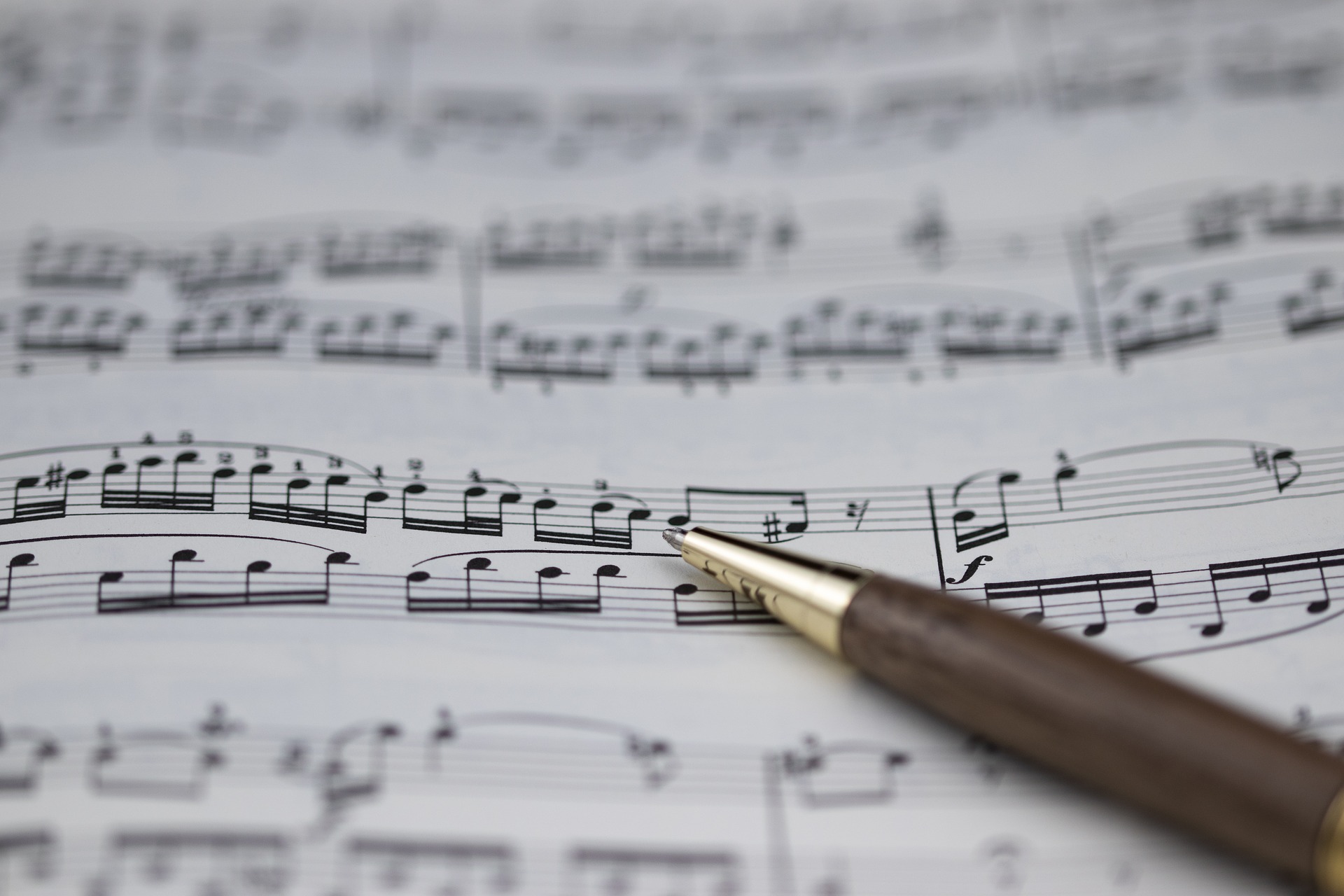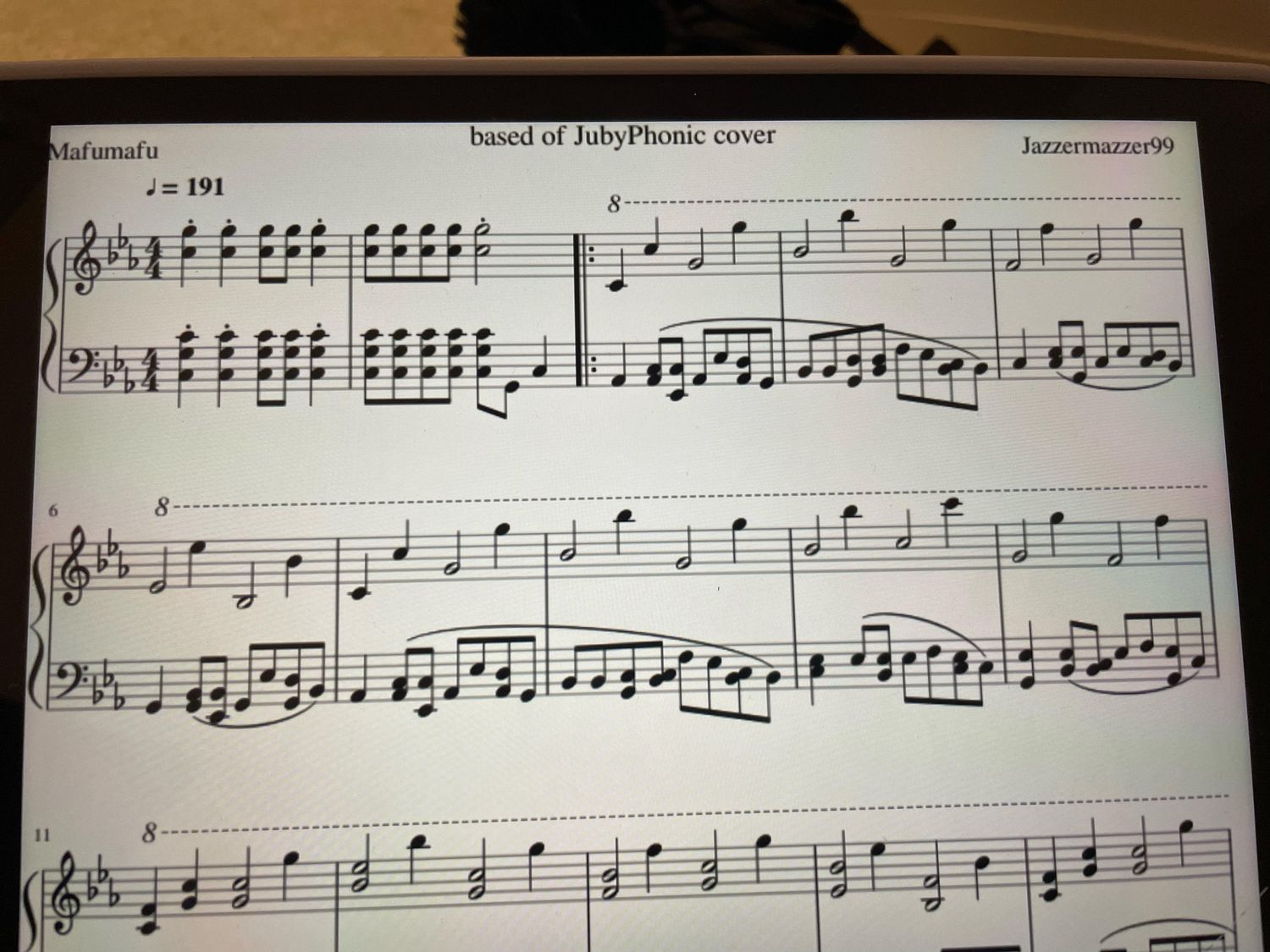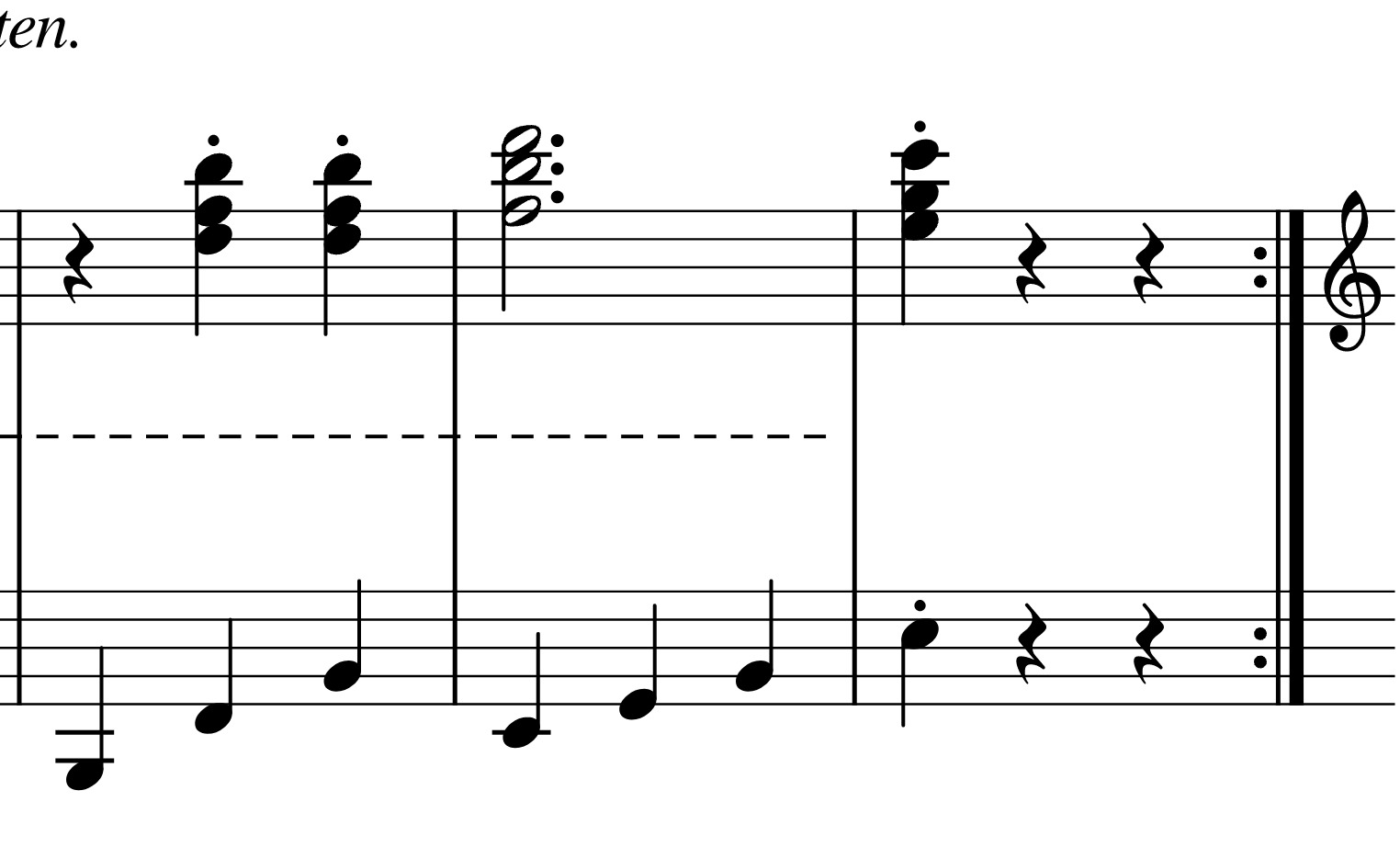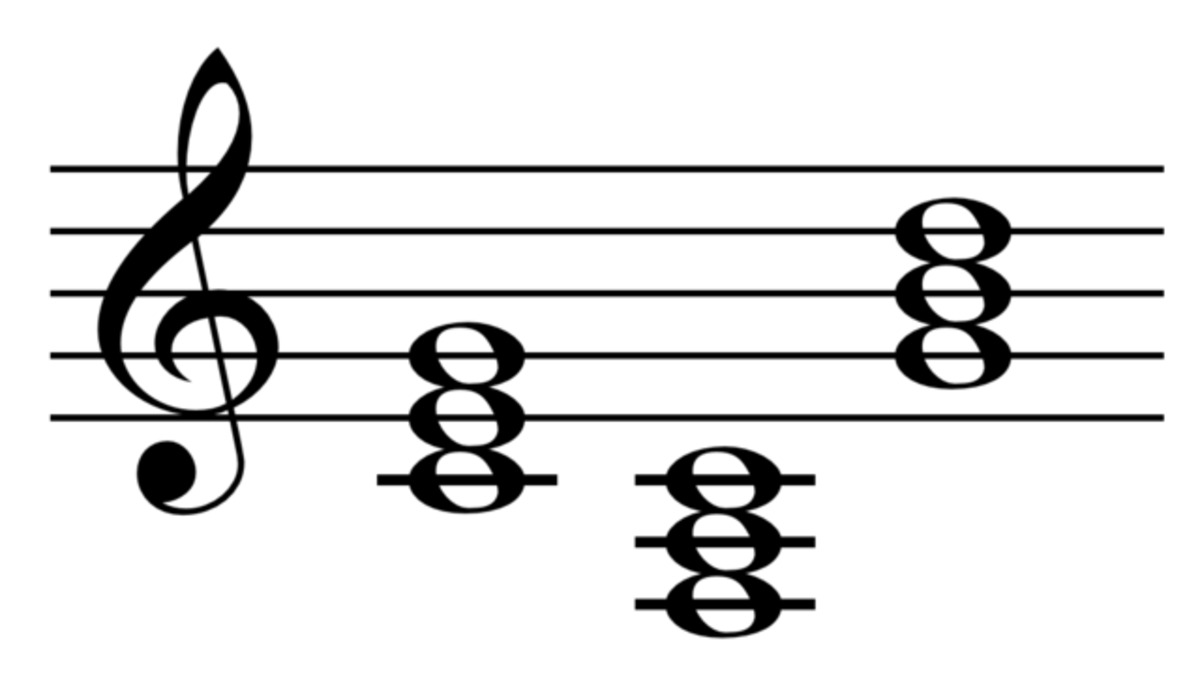Home>Production & Technology>Music Theory>Music Theory What Is A Contour
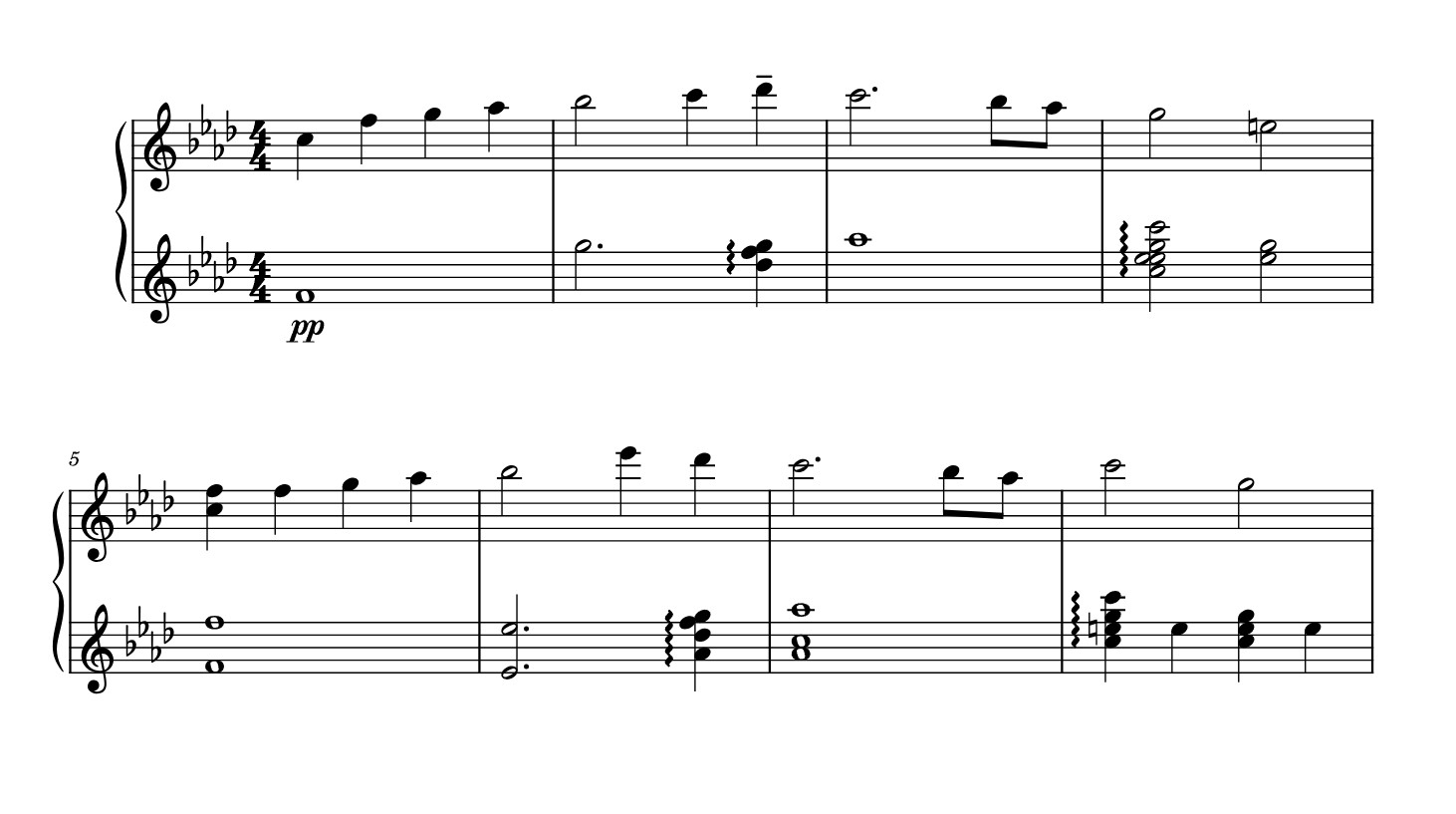

Music Theory
Music Theory What Is A Contour
Published: January 30, 2024
Learn the basics of music theory and understand what a contour is. Enhance your knowledge and appreciation of music with this comprehensive guide.
(Many of the links in this article redirect to a specific reviewed product. Your purchase of these products through affiliate links helps to generate commission for AudioLover.com, at no extra cost. Learn more)
Table of Contents
Introduction
Music theory is the study of how music works, and it encompasses a wide range of concepts and principles that help us understand the language of music. One crucial aspect of music theory is the concept of contour. Contour refers to the shape or direction of a musical line, and it plays a fundamental role in the perception and interpretation of melodies, harmonies, rhythms, and dynamics.
In simple terms, contour in music refers to how the pitch or intensity of a musical element changes over time. Just like a landscape has its peaks and valleys, melodies and harmonies also have their own contours, creating a sense of tension, release, and emotional expression. Whether it’s a soaring melody, a cascading chord progression, or a pulsating rhythm, contour influences the way we perceive and experience music.
The study of contour in music theory offers valuable insights into the structure, meaning, and expressive qualities of musical compositions. By understanding and analyzing the contours within a piece of music, musicians, composers, and musicologists can uncover patterns, identify motifs, and gain a deeper understanding of the composer’s intentions.
Throughout history, composers and musicians have utilized contour to create memorable and impactful musical compositions. From the rising and falling melodies of the Romantic era to the angular and dissonant contours of contemporary music, each musical style and period has its own unique approach to contour.
In this article, we will delve into the world of contour in music theory and explore its importance in various components of music, such as melody, harmony, rhythm, and dynamics. We will also examine different types of contour and analyze the techniques used to study and interpret contour in musical compositions. By the end, you will have a deeper appreciation for the role of contour in music and its significance in shaping the way we perceive and connect with musical expressions.
Definition: Contour in Music
In the context of music theory, contour refers to the shape or direction of a melodic, harmonic, rhythmic, or dynamic line. It involves the study of how the pitch or intensity of a musical element changes over time.
Contour can be thought of as the “motion” or “trajectory” of a musical line, and it contributes significantly to the overall character and expression of a piece of music. It is like a musical fingerprint that gives individuality and distinctiveness to melodies, harmonies, rhythms, and dynamics.
One of the key elements of contour is pitch contour. Pitch contour refers to the rise and fall of the pitch of a melody or a harmonic progression. It can be classified into different types, such as ascending (moving from lower to higher pitches), descending (moving from higher to lower pitches), arch-shaped (starting low, ascending to a peak, and descending again), or wave-shaped (a combination of ascending and descending patterns). These different pitch contours evoke different emotions and convey different musical ideas.
In addition to pitch contour, there is also the concept of dynamic contour. Dynamic contour focuses on the variation in intensity or volume of a musical line. It can involve changes in loudness, softness, or the subtle nuances in between. Just like pitch contour, dynamic contour contributes to the expressive qualities and the emotional impact of a musical composition.
Rhythmic contour is another aspect of contour in music. It involves the patterns of durations and accentuations in a rhythmic line. Rhythmic contour can be characterized by patterns such as accented beats, syncopation, or gradual changes in speed or tempo. It adds a sense of movement and pulse to the music, creating a dynamic and engaging listening experience.
Harmonic contour, on the other hand, focuses on the progression and movement of chords and harmonies. It explores the shifts in tonal centers, modulations, and the overall harmonic structure of a musical piece. Harmonic contour helps to shape the harmonic tension and release, creating a sense of harmonic motion and resolution.
Overall, contour is a key concept in music theory that adds depth and meaning to musical compositions. It provides a framework for analyzing and interpreting the shape, direction, and expressive qualities of melodies, harmonies, rhythms, and dynamics. Understanding and recognizing contour in music can greatly enhance one’s musical perception and appreciation.
Importance of Contour in Music Theory
The study of contour in music theory is of significant importance as it helps us understand and appreciate the structural and expressive aspects of a piece of music. Here are some key reasons why contour holds such importance in the field of music theory:
- Expression and Emotional Impact: Contour plays a crucial role in conveying and evoking emotions in music. The rise and fall, the ascents and descents, and the overall shape of melodies, harmonies, rhythms, and dynamics all contribute to the emotional impact of a musical composition. Contour helps create tension, excitement, calmness, and other expressive qualities that can be deeply felt by listeners.
- Structure and Form: Contour provides a framework for organizing and structuring musical ideas. By analyzing the contour of various musical elements, such as phrases, sections, and overall compositions, music theorists can identify patterns, repetitions, and developments. Contour assists in understanding the overall structure and form of a piece, allowing for a deeper appreciation of the composer’s intent and craftsmanship.
- Communication and Interpretation: Contour serves as a means of communication between composers, performers, and listeners. Composers use contour to convey specific moods, ideas, or narratives within their music. Performers, through their interpretation of the contour, bring the composer’s intentions to life. Listeners, in turn, engage with the contour to interpret and derive meaning from the music. Contour acts as a common language for all stakeholders in the musical experience.
- Analysis and Composition: The study of contour allows music theorists to analyze and deconstruct musical compositions. By examining the contour of melodies, harmonies, rhythms, and dynamics, theorists can uncover underlying patterns, motifs, and structure. This analysis aids in understanding the composer’s choices and techniques, helping to develop new insights and approaches in composition.
- Enhancing Musical Perception: Developing an understanding of contour in music theory can greatly enhance one’s musical perception and listening skills. By actively listening for contour, individuals can train their ear to recognize subtle variations in pitch, dynamics, rhythm, and harmony. This heightened perception leads to a deeper appreciation of musical nuances, subtleties, and the artistry behind the music.
Overall, contour serves as a fundamental element in music theory, enriching the way we perceive, interpret, and create music. Its importance lies in its ability to convey expressive qualities, shape musical structure, facilitate communication and interpretation, aid in analysis and composition, and enhance our overall musical experience.
Types of Contour in Music
In music, there are various types of contour that describe the shape, direction, and movement of different musical elements. Each type of contour brings its own distinct characteristics and contributes to the overall expressive qualities of a composition. Here are some of the key types of contour in music:
- Pitch Contour: Pitch contour refers to the rise and fall of the pitch in a melodic or harmonic line. It describes how the pitch of a musical element changes over time. Pitch contour can be classified into different types, such as ascending contour (moving from lower to higher pitches), descending contour (moving from higher to lower pitches), arch-shaped contour (starting low, ascending to a peak, and descending), or wave-shaped contour (a combination of ascending and descending patterns). Each type of pitch contour carries its own expressive qualities and can evoke different emotions.
- Dynamic Contour: Dynamic contour focuses on the variations in intensity or volume throughout a musical line. It describes the changes in loudness, softness, and the expressive nuance of a piece. Dynamic contour can include crescendos (gradually increasing volume), diminuendos (gradually decreasing volume), or sudden dynamic shifts. It adds depth, drama, and emotional impact to the music, enhancing the overall expressive qualities.
- Rhythmic Contour: Rhythmic contour describes the patterns and variations in duration and accentuations within a rhythmic line. It refers to the shape and movement of rhythmic elements, such as the placement of accented beats, syncopation, and changes in tempo or speed. Rhythmic contour contributes to the overall sense of pulse, energy, and flow in a musical composition.
- Harmonic Contour: Harmonic contour focuses on the progression and movement of chords and harmonies. It involves the analysis of the changes in tonal centers, the modulation from one key to another, and the overall harmonic structure of a composition. Harmonic contour influences the sense of tension and release within a piece, creating a dynamic journey for the listener.
- Timbral Contour: Timbral contour refers to the changes in tone color or timbre over the course of a musical line. It describes how the texture, quality, and characteristics of the sound change. Timbral contour can involve shifts from bright to dark, mellow to harsh, or smooth to percussive timbres. It adds another dimension to the expressive palette, allowing for nuanced and varied interpretations of a musical composition.
By recognizing and analyzing these different types of contour, musicians, composers, and theorists can gain a deeper understanding of the expressive qualities, structure, and emotional impact of a piece of music. Contour serves as a powerful tool in shaping the narrative and communication of musical ideas while capturing the listener’s attention and imagination.
Contour Analysis Techniques
To analyze and interpret contour in music, various techniques and methods are employed. These techniques help music theorists and analysts uncover patterns, identify structural elements, and gain insights into the expressive qualities of a composition. Here are some commonly used contour analysis techniques:
- Melodic and Harmonic Interval Analysis: This technique involves examining the intervals between consecutive pitches in a melodic or harmonic line. By analyzing the intervallic relationships, patterns, and changes, analysts can identify leaps, stepwise motion, repetitions, and other melodic or harmonic motifs. Interval analysis provides valuable information about the contour and direction of the melody or harmony, revealing important structural elements within the music.
- Line Tracing: Line tracing is a visual technique that involves plotting the contour of a musical line on a graph or musical staff. This technique helps in visualizing and understanding the shape, direction, and movement of the line. Line tracing can be particularly useful for analyzing complex melodies, harmonic progressions, or rhythmic patterns. It allows analysts to identify peaks, valleys, and overall contour patterns, aiding in the interpretation of the music.
- Segmentation: Segmentation involves dividing a musical piece into smaller sections or phrases based on changes in contour or other musical elements. This technique helps analysts identify individual motifs, themes, or structural units within the composition. By isolating and analyzing these segments, analysts can gain insights into the contour and developmental patterns present in the music.
- Interval-Class Contour Analysis: Interval-class contour analysis focuses on the contour of interval-class sets, which are collections of intervals within a musical composition. This technique involves examining the changes and patterns in the contour of these interval-class sets. By analyzing interval-class contours, analysts can identify symmetries, rotations, and transformations within the music, providing a deeper understanding of the harmonic or melodic structure.
- Dynamic and Articulation Analysis: Dynamic and articulation analysis involves examining the contour of dynamics (volume) and articulation (phrasing, accents, staccato, legato, etc.) within a musical line. This technique helps in understanding the expressive qualities and shaping of the music. By analyzing the contour of these elements, analysts can identify nuances, highlight points of tension and release, and develop interpretations that align with the composer’s intentions.
These contour analysis techniques, among others, provide valuable tools for understanding and interpreting the expressive qualities, structure, and characteristics of a piece of music. They allow music theorists and analysts to delve deep into the contours of melodies, harmonies, rhythms, and dynamics, unraveling the intricate layers and enriching our understanding of the music.
Contour in Melody and Harmony
Contour plays a significant role in shaping both melody and harmony in music. It influences the overall character, expression, and structural elements present in these fundamental components. Let’s explore how contour manifests in melody and harmony:
Contour in Melody: Melody is a sequence of pitches that form a musical line. Contour in melody refers to the shape and direction of the pitch progression. It involves the rising and falling motion of the melodic line, creating a sense of tension, release, and emotional expression. Contour in melody can range from ascending (moving from lower to higher pitches), descending (moving from higher to lower pitches), arch-shaped (starting low, ascending to a peak, and descending again), or wave-shaped (a combination of ascending and descending patterns). Contour influences the phrasing, rhythm, and overall narrative of the melody, making it a critical element in conveying musical ideas and evoking emotions.
Contour in Harmony: Harmony refers to the vertically stacked pitches that provide the harmonic foundation for a composition. While harmony itself does not possess a literal contour in the same way as melody, contour can be observed in the progression and movement of chords and harmonies. It involves the changes in tonal centers, modulation from one key to another, and the overall harmonic structure of the music. The contour of harmony shapes the tension and release within a composition, leading to the creation of a dynamic and emotional journey for the listener. By analyzing the contour of harmony, music theorists can identify patterns, progressions, and relationships between chords, providing insights into the underlying structure and harmonic development of the piece.
Together, contour in melody and harmony influences the overall expressiveness, structure, and interpretation of a composition. It defines the shape, direction, and movement of the musical lines, creating a synthesis of pitch relationships that form the foundation of a meaningful and captivating musical experience.
Contour in Rhythm and Dynamics
Contour plays a significant role in shaping both rhythm and dynamics in music. It influences the flow, energy, and expressive qualities in these essential elements. Let’s explore how contour manifests in rhythm and dynamics:
Contour in Rhythm: Rhythm refers to the patterns and variations of durations and accents in a musical piece. Contour in rhythm involves the shape and movement of these patterns. It can encompass the placement of accented beats, syncopation, gradual changes in tempo, or the overall rhythmic flow. Contour in rhythm adds a sense of movement, pulse, and dynamic expression to the music. It shapes the rhythmic tension and release, creating anticipation and resolution within the composition. By analyzing the contour of rhythm, music theorists can identify patterns, repetitions, and variations, uncovering rhythmic motifs and providing insights into the overall rhythmic structure and development of the piece.
Contour in Dynamics: Dynamics refers to the variations in volume or intensity in a musical performance. Contour in dynamics involves the shape and movement of these variations. It can include crescendos (gradually increasing volume), diminuendos (gradually decreasing volume), sudden dynamic shifts, or nuanced changes in the expressive qualities of the music. Contour in dynamics adds depth, nuance, and emotional impact to the music. It shapes the phrasing, intensity, and overall expressive qualities, allowing the performer to convey the composer’s intentions and evoke specific emotions in the listener. By analyzing the contour of dynamics, music theorists can identify the shifts in intensity, highlight key moments, and gain insights into the narrative and emotional arc of the music.
Contour in rhythm and dynamics work in tandem to create a dynamic and engaging musical experience. They intertwine to shape the overall expression, energy, and flow of a composition. By understanding the contour in rhythm and dynamics, musicians, composers, and music theorists can better grasp the rhythmic intricacies and the expressive qualities that bring depth and meaning to the music.
Contour in Composition and Analysis
Contour plays a significant role in both the composition and analysis of musical works. It serves as a vital tool for composers to shape their creations and for music theorists to understand and interpret them. Let’s explore how contour manifests in composition and analysis:
Contour in Composition: When composing a piece of music, contour allows composers to create a sense of shape, direction, and movement. They can use contour to evoke specific emotions, highlight important melodic or rhythmic motifs, and guide the overall narrative of the composition. By carefully considering the contour of various musical elements such as melody, harmony, rhythm, and dynamics, composers can craft captivating musical expressions that resonate with listeners. Contour helps composers make deliberate choices about the rise and fall, tension and release, and overall structure of their music, resulting in a coherent and engaging composition.
Contour in Analysis: Contour analysis is a valuable tool for music theorists to understand and interpret the structure, expressive qualities, and compositional techniques employed in a given piece of music. By analyzing the contour of melodies, harmonies, rhythms, and dynamics, theorists can uncover patterns, motifs, and developmental processes. This analysis aids in identifying the underlying structure, the relationships between musical elements, and the overall form of the composition. Contour analysis allows theorists to delve deeper into the intricacies of the music, unlocking insights into the composer’s intentions, artistic choices, and the expressive qualities conveyed through contour.
Contour in composition and analysis are closely intertwined. Composers utilize contour to create meaningful and impactful musical expressions, while music theorists employ contour analysis to uncover the structural and expressive elements within a composition. Through the lens of contour, both composers and analysts gain a deeper understanding of the narrative, emotional impact, and overall artistry of the music.
Conclusion
Contour is an essential concept in music theory that encompasses the shape, direction, and movement of musical lines. It influences the expressive qualities, structure, and emotional impact of melodies, harmonies, rhythms, and dynamics. Understanding and recognizing the various types of contour in music enhances our perception and appreciation of musical compositions.
The importance of contour in music theory cannot be overstated. It contributes to the expressive and emotional impact of a composition, helps structure and organize musical ideas, facilitates communication and interpretation, aids in analysis and composition, and enhances our overall musical perception.
Through contour analysis techniques, music theorists are able to uncover patterns, identify motifs, and interpret the structural elements present in a composition. This analysis allows for a deeper understanding of the composer’s intentions, artistic choices, and the underlying narrative within the music.
Contour is observed in various aspects of music, such as melody, harmony, rhythm, and dynamics. It shapes the rise and fall of pitch, the variations in volume, the patterns and flow of rhythm, and the movement of harmonic progressions. As musicians, composers, and musicologists, recognizing and utilizing contour empowers us to create and appreciate music at a deeper level.
In conclusion, contour is a fundamental element of music theory that enriches our understanding of how music works. It provides a framework for analyzing, interpreting, and expressing the shape, direction, and expressive qualities of musical compositions. By exploring and embracing contour, we deepen our connection with music and unlock its transformative power.



